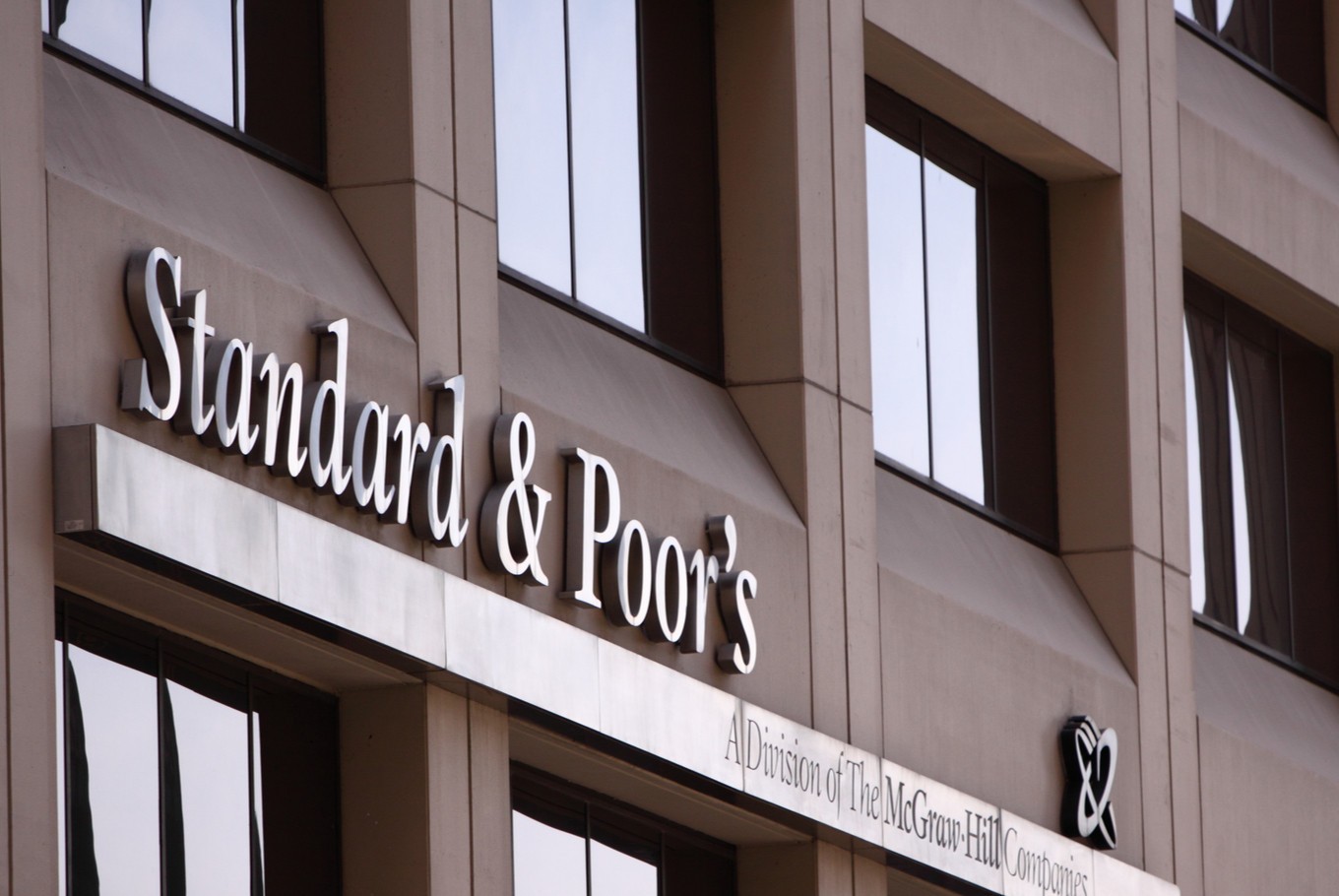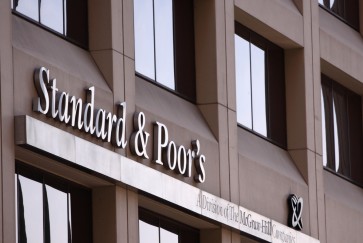INSIGHT: What next after the S&P's ratings upgrade?
What were the reasons for the upgrade, but more importantly what benefit can we reap from this?
Change Size
 It took Indonesia 20 years to recover its investment grade rating and S&P’s was the last major ratings agency to do so. (Shutterstock.com/gary yim)
It took Indonesia 20 years to recover its investment grade rating and S&P’s was the last major ratings agency to do so. (Shutterstock.com/gary yim)
I
t took Indonesia 20 years to recover its investment grade rating and S&P’s was the last major ratings agency to do so. What were the reasons for the upgrade, but more importantly what benefit can we reap from this?
A rating is an opinion on the ability and willingness of a government to repay its obligations. Obligations include debt to other countries or multilateral agencies and more recently bonds issued in the onshore and offshore markets.
What factors influence ratings and how does Indonesia fare with each of them?
First is the institutional setup. This measures how predictable the policymaking is in a country, especially in facing economic and political shocks. Indonesia scores neutral in this measure. This reflects the routine budget-making procedures and debt payments, all according to schedule.
Second is the economic assessment. This measure looks at how diversified, adaptable and resilient the economy is. Indonesia is weak in this regard, relying on commodity exports and capital imports. Also, the low income per capita is a concern.
Third is the external position of the country. This measures how it can get offshore funding to pay its obligations, both public and private. Indonesia is strong in this regard. This is on account of inflows into the country both in the capital market and as foreign direct investment (FDI). The government has also switched foreign debt funding to the dominance of rupiah bond issuances. Maintenance of public debt below 30 percent is also well regarded.
Fourth is fiscal flexibility. This measures revenues and debt management facing economic shocks. Here Indonesia has a mixed record. We managed well in episodes of oil price volatility and the global crisis in 2008, but reliance on commodity-related revenues remains a concern. In slashing huge amounts of expenditure last year Indonesia showed extraordinary deficit discipline. On debt management, we were disciplined to maintain levels below 30 percent of gross domestic product (GDP), but revenue generation remains weak. In fact, Indonesia has the second smallest revenues-to-GDP ratio among all investment-grade countries. Reliance on debt to finance the deficit means a higher cost of debt.
















